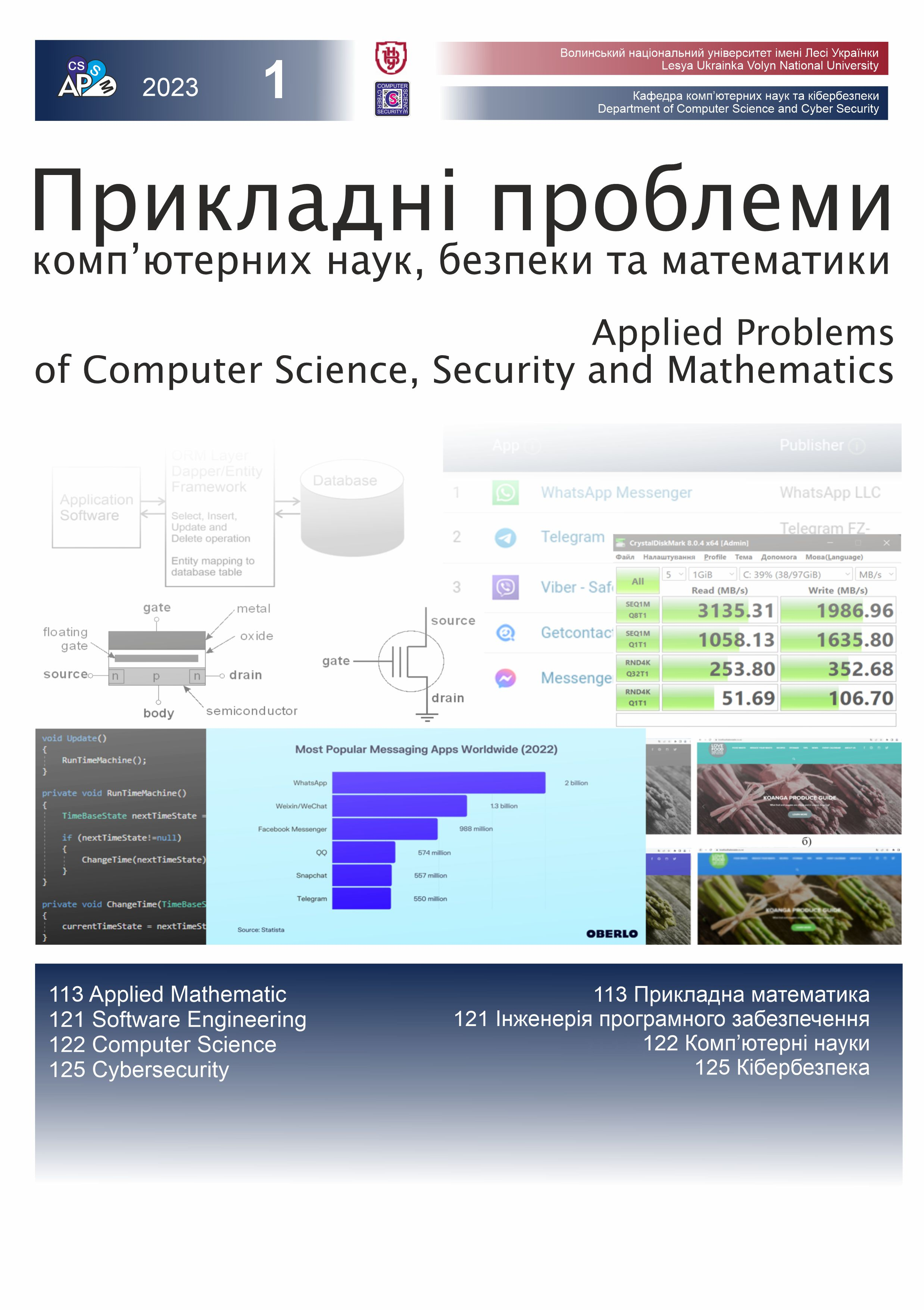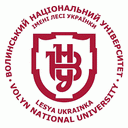ТЕХНОЛОГІЇ ТВЕРДОТІЛЬНИХ НАКОПИЧУВАЧІВ
Ключові слова:
NAND, SATA, PCIe, M.2, твердотільний накопичувач, плаваючий затворАнотація
Основою сучасної обчислювальної системи стали твердотільні накопичувачі, як носії системних розділів, або високошвидкісних сховищ даних, які замінили жорсткі диски. В роботі розглядаються особливості розвитку технологій виготовлення твердотільних накопичувачів та вплив цих технологій на характеристики таких пристроїв. Розглядається комірка пам’яті та особливості її побудови. Робиться огляд апаратних рішень для включення твердотільного накопичувача у обчислювальну систему. На експериментальних прикладах аналізується вплив таких рішень на швидкісні показники у процесі експлуатації. Розглядаються окремі проблеми, що виникають як в процесі включення SSD в систему, та пропонуються шляхи їх вирішення
Посилання (Бібліографія)
Булатецький В. В. Твердотільні накопичувачі, їх переваги та недоліки. Науково-практична конференція, присвячена 130-річчю від дня народження М. П. Кравчука : матеріали конф., м. Луцьк, 11 жовт. 2022 р. Луцьк. С. 120–123.
What is a MOSFET? It's Types, Working, Circuit, and Applications. Electronics For You. URL: https://www.electronicsforu.com/technology-trends/learn-electronics/mosfet-basics-working-applications (date of access: 15.03.2023).
Sliwa C. What is floating gate transistor (FGT)? | Definition from TechTarget. Storage. URL: https://www.techtarget.com/searchstorage/definition/floating-gate (date of access: 15.03.2023).
What is the MOSFET: Basics, Working Principle and Applications. ElProCus - Electronic Projects for Engineering Students. URL: https://www.elprocus.com/mosfet-as-a-switch-circuit-diagram-free-circuits (date of access: 15.03.2023).
Fujio Masuoka Invents Flash Memory : History of Information. History of Information. URL: https://historyofinformation.com/detail.php?entryid=2330 (date of access: 15.03.2023).
Avinash Aravindan. Flash 101: NAND Flash vs NOR Flash. 2018. URL: https://www.embedded.com/flash-101-nand-flash-vs-nor-flash (дата звернення: 15.03.2023).
Difference Between SLC, MLC, TLC & QLC NAND SSDs: Which One is Better?. Hardware Times. URL: https://www.hardwaretimes.com/difference-between-slc-mlc-tlc-qlc-nand-ssds-which-one-is-better (date of access: 15.03.2023).
Тип пам'яті SSD накопичувачів. Статті компанії «Комплектуючі для комп'ютерної техніки 2400». Комплектуючі для комп'ютерної техніки 2400. URL: https://2400.com.ua/ua/a434821-tip-pamyati-ssd.html (дата звернення: 15.03.2023).
Pires F. Solidigm Introduces Industry-First PLC NAND for Higher Storage Densities. Tom's Hardware. URL: https://www.tomshardware.com/news/solidigm-plc-nand-ssd (date of access: 15.03.2023).
Recent Progress on 3D NAND Flash Technologies. MDPI. URL: https://www.mdpi.com/2079-9292/10/24/3156 (date of access: 15.03.2023).
PCI Express 6.0 Specification | PCI-SIG. Welcome to PCI-SIG | PCI-SIG. URL: https://pcisig.com/pci-express-6.0-specification. (date of access: 15.03.2023)
Crystal Dew World. Crystal Dew World [en]. URL: https://crystalmark.info/en/. (date of access: 15.03.2023).
SSD Performance FAQs | Support | Samsung Semiconductor Global. Samsung Semiconductor Global. URL: https://semiconductor.samsung.com/consumer-storage/support/faqs/03/ (date of access: 15.03.2023).
Download Tweak-SSD Pro 2.0.70. Taiwebs.com. URL: https://en.taiwebs.com/windows/download-tweak-ssd-pro-1704.html (date of access: 15.03.2023).
Hopping C. How to move Windows 10 from an HDD to an SSD | IT PRO. IT PRO. URL: https://www.itpro.co.uk/operating-systems/26152/how-to-move-windows-10-from-hdd-to-ssd (date of access: 15.03.2023).
Ivy. Acronis True Image Clone to SSD - How to Guides. Best Backup, Recovery, Clone Software for Any Devices and Everyone | AOMEI Data Protection. URL: https://www.ubackup.com/clone/acronis-true-image-clone-to-ssd-6988.html (date of access: 15.03.2023).
##submission.downloads##
Опубліковано
Як цитувати
Номер
Розділ
Ліцензія
Авторське право (c) 2023 Булатецький В, Булатецька Л, Ступінь А

Ця робота ліцензується відповідно до Creative Commons Attribution-NoDerivatives 4.0 International License.




